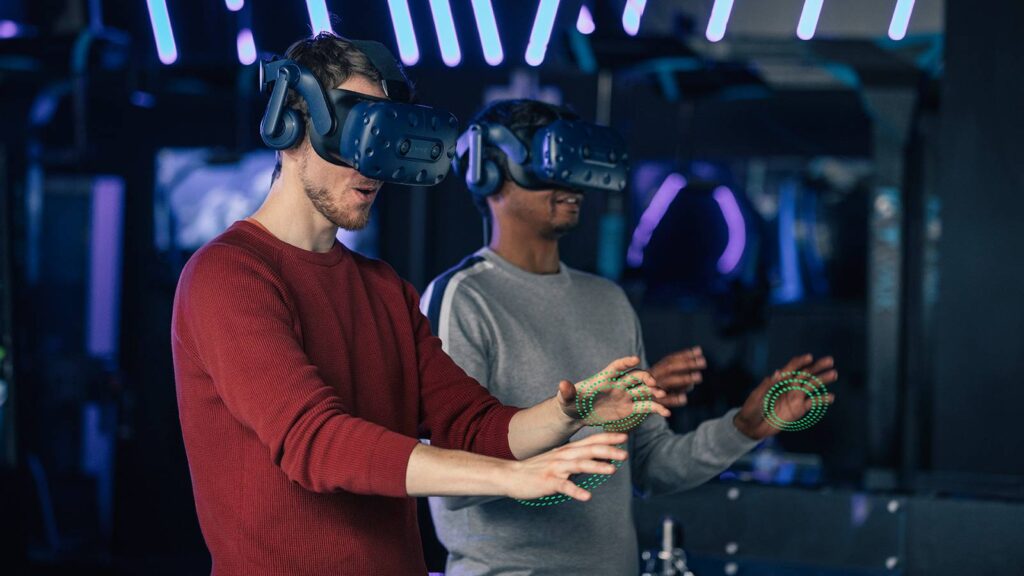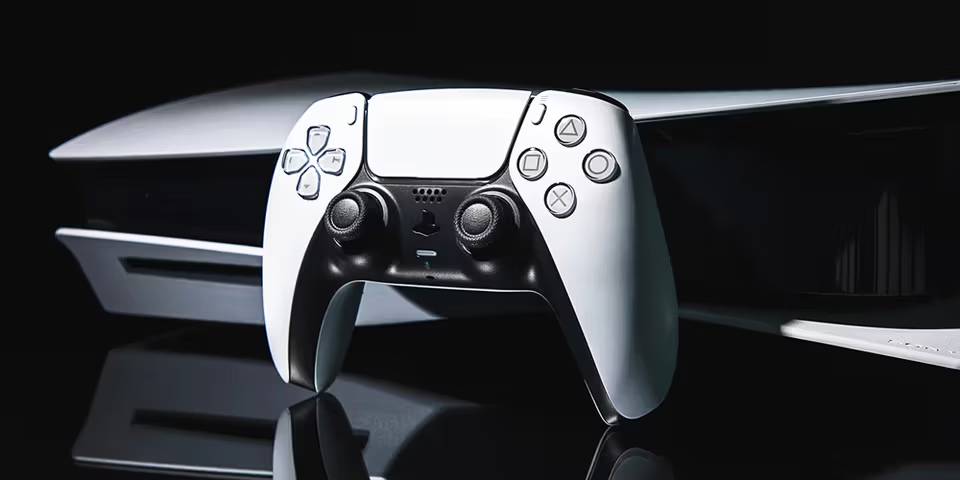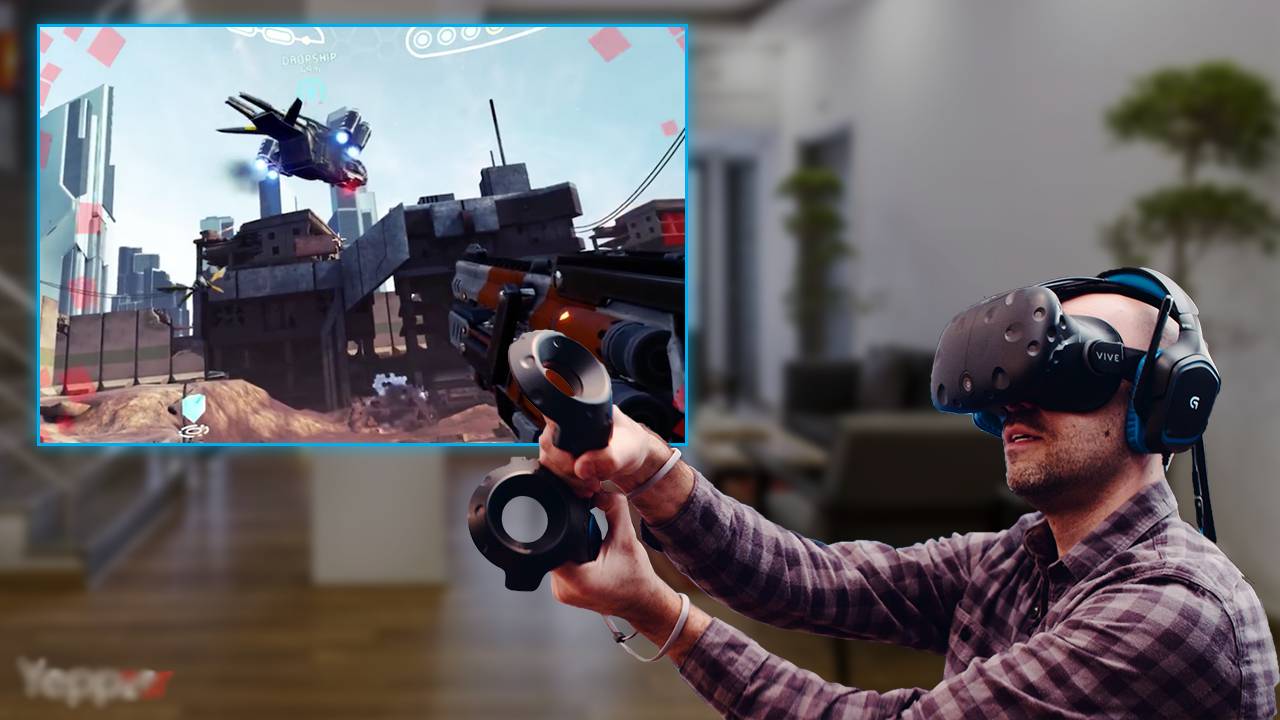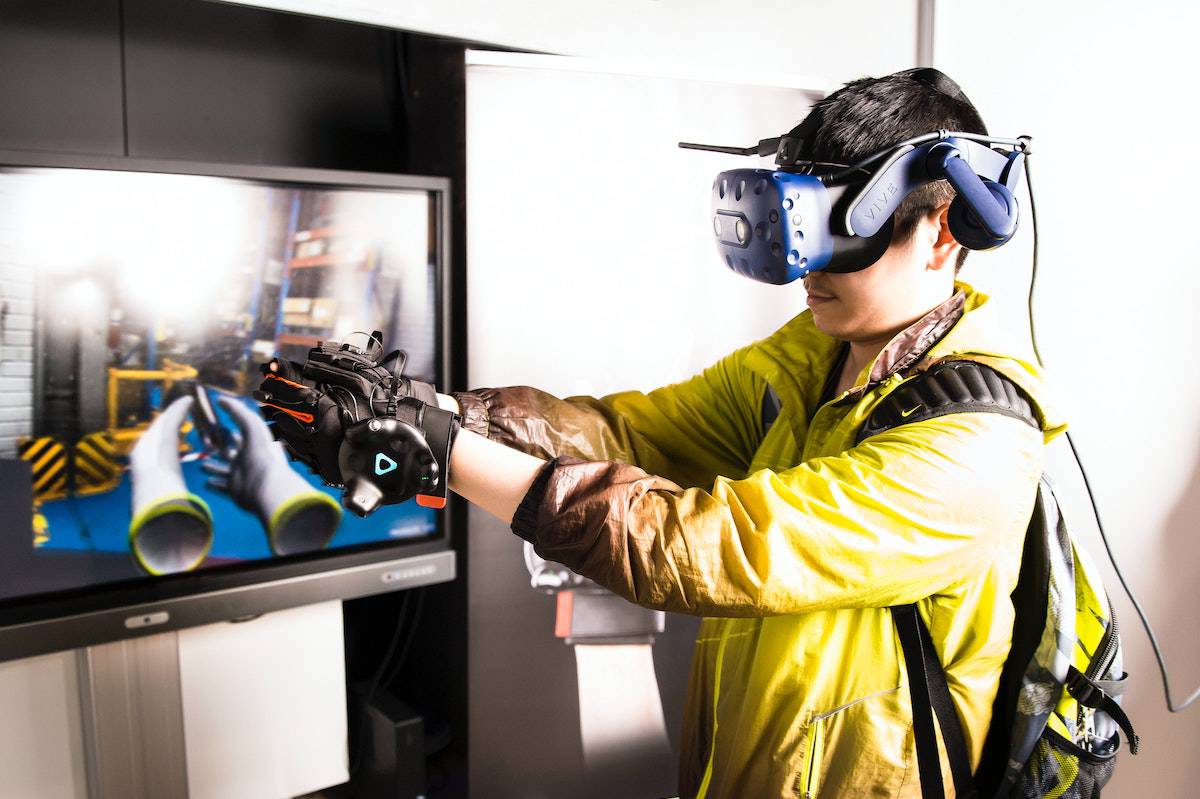The Gaming Blog

How Haptic Feedback is Enhancing Immersion in Games
Haptic feedback is changing how players enjoy video games. It makes interactions feel more real than ever. Haptic gaming technology brings realism to life. It uses subtle vibrations and dynamic force feedback to simulate the sense of touch. Haptics help players feel more connected to the game world. It could be the kick of a gun, the pull of car brakes, or the tension in a bowstring.
Gaming hardware is evolving. The best haptic controllers and devices are raising the bar for player engagement. This article looks at the future of touch feedback in gaming. It explains how haptic technology works and why it’s a game-changer for immersive experiences.
What is Haptic Feedback in Gaming?
Haptic feedback refers to the use of vibrations, pressure, and motion to simulate touch-based sensations in video games. Advanced haptics go beyond simple vibrations. They create detailed sensations that feel like real-world interactions, unlike traditional rumble features.
1. How Haptic Technology Works
Haptic gaming technology uses small motors, actuators, and pressure-sensitive parts to create different tactile responses. These include:
- Vibrations: Simulating different textures, surface impacts, or environmental effects.
- Force Feedback: Providing resistance and tension to mimic weight or physical force.
- Adaptive Triggers: Creating varying levels of pressure and resistance in controller buttons.
Haptic feedback uses specific patterns and intensities to boost realism. This lets players “feel” in-game actions like never before. Racing games can mimic the feel of various terrains. Action games give unique feedback for each weapon.
Best Haptic Gaming Controllers and Devices

New gaming gear now uses advanced haptic technology. This boosts immersion on different platforms.
1. PlayStation DualSense Controller
- Features adaptive triggers and precise haptic feedback for PlayStation 5 games.
- Simulates different surfaces and sensations, such as walking on sand or pulling a trigger.
- Widely considered one of the most advanced haptic controllers available today.
- Enhances combat mechanics by differentiating weapon recoil and movement feedback.
2. Razer Nari Ultimate Headset
- Uses HyperSense Haptic Feedback to provide vibrations based on in-game audio.
- Enhances immersion by translating sound effects into physical sensations.
- Works across PC and console gaming platforms.
- Ideal for competitive shooters, where spatial awareness is crucial.
3. Haptic VR Gloves (bHaptics, Teslasuit Gloves)
- Designed for virtual reality gaming to simulate touch interactions.
- Can replicate the feeling of grabbing objects, touching surfaces, or experiencing temperature changes.
- Used in both gaming and professional training simulations.
- Enhances VR experiences by making interactions more intuitive and realistic.
4. Xbox Elite Controller (Future Models with Haptic Integration)
- Xbox controllers now use traditional rumble motors. However, future versions might add improved haptics like those in the PlayStation DualSense.
- Rumours suggest future Xbox controllers could feature adaptive triggers and improved vibration technology.
- Better force feedback can boost shooting mechanics and vehicle control in games like Forza Horizon.
The Future of Touch Feedback in Gaming

Haptic feedback is changing. It’s moving past just vibrations and is now key to interactive entertainment. As gaming becomes more immersive, developers are stretching the limits of haptic technology.
1. Enhanced Realism in VR and AR Games
- VR gaming will see significant advancements with haptic suits, gloves, and full-body tracking.
- Players can physically “feel” virtual objects. This boosts immersion in open-world and simulation games.
- Haptic-enhanced VR lets players touch and feel objects like they are real. This makes games more lifelike.
2. Advanced Environmental Feedback
- Games will mimic various environmental sensations. For example, players will feel the wind’s force, the impact of rain, or the sensation of walking through water.
- Racing games offer realistic resistance for various terrains. This makes off-road driving feel different from city roads.
- Future horror games could integrate heartbeat-like vibrations, intensifying suspense and player immersion.
3. Increased Accessibility in Gaming
- Haptic technology helps players with visual impairments enjoy games better. It does this by giving them tactile cues.
- Adaptive controllers with better haptics will help players with disabilities enjoy gameplay more.
- Developers are starting to add customisable haptic settings. This will help meet various accessibility needs.
4. AI-Driven Haptics for Personalized Experiences
- Future AI systems might change haptic intensity to match player preferences and gameplay styles.
- Machine learning algorithms could dynamically modify haptic effects to enhance emotional engagement.
- Games can adjust haptic feedback to create a unique experience for each player’s style.
5. Expansion of Haptic Technology Beyond Gaming
- Haptic feedback is being used in areas like medical simulations, training programs, and virtual workspaces.
- Military and emergency response teams are using haptic VR simulations for training exercises.
- The crossover between gaming and real-world applications will continue to drive haptic innovation.
Challenges and Limitations of Haptic Gaming Technology

Haptic feedback in gaming has improved a lot, but it still has challenges to overcome. These issues need to be fixed to unlock its full potential.
1. Cost of Haptic Devices
- High-end haptic controllers, gloves, and suits can cost a lot. This makes it hard for casual gamers to access them.
- Companies must find ways to make haptic gaming technology more affordable.
2. Game Developer Adoption
- Not all game developers use advanced haptic feedback. This is because it adds extra development costs.
- Standardising haptic implementation across platforms will encourage wider adoption.
3. Battery Consumption
- Haptic features in controllers and VR gloves need more power. This results in shorter battery life.
- Improving battery efficiency will be crucial for long gaming sessions.
Feeling the Game: The Future of Haptic-Powered Immersion
Haptic gaming technology is changing how players connect with their favourite games. It brings a fresh level of realism and immersion. The top haptic gaming controllers, such as the PlayStation DualSense and VR gloves, are transforming our game interactions. As technology grows, touch feedback in gaming will keep changing. This will bring us closer to fully immersive digital worlds.
Haptic-enhanced gaming is on the rise. Now, players can enjoy more tactile and responsive gameplay experiences. The top haptic gaming controllers, along with new VR and AI feedback, are creating an exciting future for gaming. How will haptic feedback change how we play games as developers use it more?









